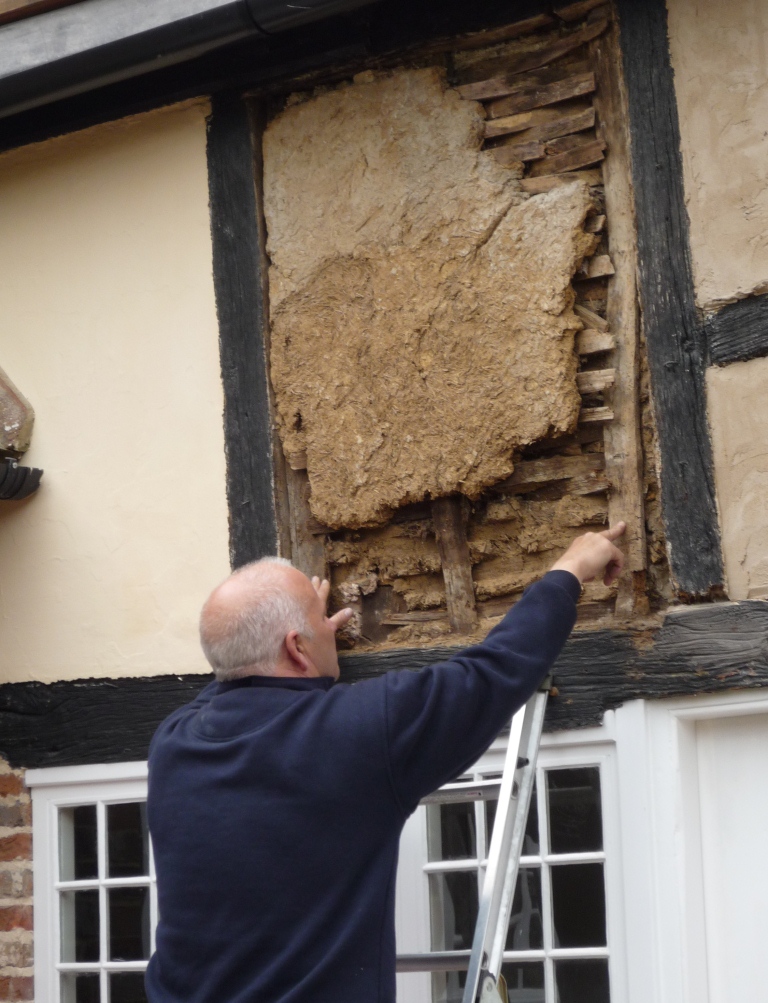Admin for visits
Setting up a visit, and standards of conduct expected of members during visits
See also:
How our Visit Works page for householders.
Spec for Reports: content of ground plans in visit reports
Setting up a visit

- Members are encouraged to approach the owners of any suitable property, and to inform the Visits Officer (John Crane) of the prospects.
- A building owner's own request via the website Contact form is automatically forwarded to the Visits Officer.
- The Visits Officer agrees one or more members to make a recce visit.
- If the building is deemed unsuitable for a Group visit, the Visits Officer ensures a note of thanks is sent to the owner.
- If deemed suitable, the Visits Officer:
- Finds a Visit Coordinator if one is not already identified.
- And then sends a confirmation of the visit date and Visit Co-ordinator's name to the owner. - The Visit Coordinator assembles a team of recorders before the visit. The object is a) to give newer members suitable tasks that develop their skills, and b) to share the workload. The Coordinator can split up the team's tasks as desired. The following is a suggestion:
- 1 person to write the report (normally the Visit Coordinator)
- 2 persons to measure for the ground plan
- 1 person to draw up the ground plan
- 1 person to take a full set of photographs of key features (though this may be best done by the person who is writing the report)
- 1 person to lead the de-brief.
- 1 person to fill in the BARD tick-box form.
One person can take on more than one of these tasks if desired, and the Visit Co-ordinator can vary this formula. An effort should always be made to include in the team any newer member who is known to wish to develop their skills. - The Visits Officer provides an attendance list to the Visit Coordinator before the visit.
- No visit should go ahead unless the Visit Coordinator has been identified.
- On arrival, the Visits Coordinator to seek permission of owner/occupants for Group members to take photographs.
- The Visits Officer ensures a letter of thanks is sent to the owner.
Standards of conduct expected of members during visits
- No photographs to be taken unless permission is known to have been given.
- Access to a property may be full or partial at the discretion of the householder. A closed door may mean no access - if in doubt, ask the householder.
- Remove outer footwear if asked, or if you think you might otherwise tread any dirt at all into the premises. Bring alternative footwear if you need it.
- Bags and rucksacks must not be carried inside private houses - they can cause serious damage. If you do have a bag, ask the owner where you can leave it.
- Record only the structure of the building, and any fixtures and fittings of historic interest.
- Do not record, comment on or discuss building contents.
- Visits are at Members' own risk. Beware of: overcrowding, especially where floor loadings could become excessive; low, narrow access points; inadequate or absent lighting; unguarded landings and trap doors; ladders and stairs not in common use; steps, changes of level and tripping hazards; unprotected pipes and wiring; contact with verminous and poison-baited surfaces. Neither the Group, not the Group's organiser, nor the householder or their representatives accept responsibility for failure of Members to observe due caution.
- The Group is insured during our visits, a summary of the insurance cover is here https://www.balh.org.uk/_resources/docs/balh-insurance-fact-sheet-april-2020.pdf, please note this is predominantly third party cover and the cover for members themselves is limited.
- During a visit do not give advice regarding the structure of the building, or recommend the professional services of any member or other service provider.
- The Wealden Buildings Study Group is a research group; it refrains from supporting pressure for the preservation of buildings. A member is free to campaign for the preservation of a building, but is not to state or imply that the Group supports their campaign.